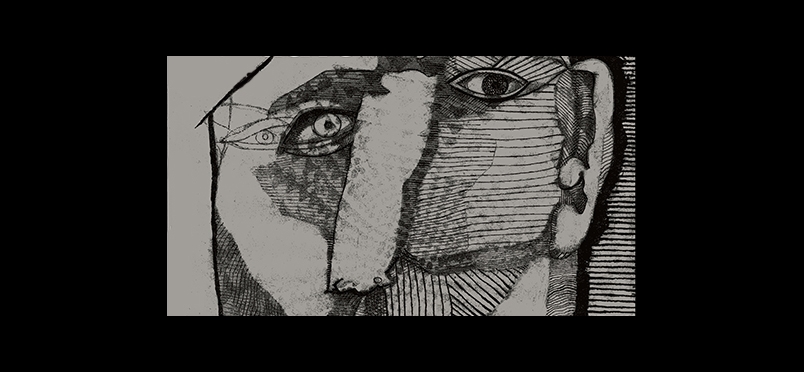| biomarkers
New Technique to Study Parsonage-Turner Syndrome

Magnetic Resonance Neurography for Targeted Surgery
By utilizing an MRI technique called magnetic resonance neurography (MRN), researchers “…have routinely identified one or more hourglass-like constrictions of nerves in patients with Parsonage-Turner Syndrome (PTS) and have detected denervation changes in muscles they supply,” commented Darryl Sneag, MD, director, Peripheral Nerve, MRI, at the Hospital for Special Surgery, and principal investigator. “The constrictions actually make the nerve look like an hourglass on the digital image. We perform almost 100 MR neurography cases monthly at HSS and have not seen this in any other nerve condition, so we believe these constrictions are unique to PTS.” PTS is a nerve disorder so intense it can send people to the emergency room with pain in the upper arm and shoulder. The goal of the study is to “discover biomarkers to detect and monitor PTS. We will also use ultrasound imaging and check patients’ blood for inflammatory markers.”
The exact cause of PTS is unknown, there is no cure or targeted treatment, and it tends to happen to healthy, young adults. Dr. Sneag added, “Our research aims to understand if imaging and serologic findings in PTS can serve as reliable, noninvasive markers of motor and functional recovery.” He continued, “In addition to facilitating clinical trials of possible treatments, early identification of the nerves affected by PTS could assist in determining if surgery could help patients.” Through the use of these MRN images, surgeons can pinpoint constriction location. “With MRN showing the exact location of the constriction, the surgeon wouldn’t have to spend hours opening and exploring the nerve to find it.”
Read the press release on Newswise.
Other Categories:
Did you enjoy this article?
Subscribe to the PAINWeek Newsletter
and get our latest articles and more direct to your inbox
